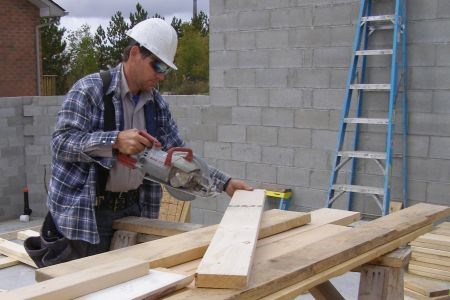Although high construction costs and elevated interest rates continue to hamper housing affordability, builders expressed cautious optimism in March as a lack of existing inventory is shifting demand to the new home market.
Builder confidence in the market for newly built single-family homes in March rose two points to 44 on a 0-to-100 scale, according to the National Association of Home Builders (NAHB)/Wells Fargo Housing Market Index (HMI).
This is the third straight monthly increase in builder-sentiment levels.
“While financial-system stress has recently reduced long-term interest rates, which will help housing demand in the coming weeks, the cost and availability of housing inventory remains a critical constraint,” said NAHB chief economist Robert Dietz.
Dietz noted that 40 percent of builders in the March survey cited a poor degree of lot availability while also voicing concern about the tightening of lending requirements.
Meanwhile, the HMI survey shows that builders had better than anticipated new home sales during the past two months because of continued use of incentives and price discounts.
Derived from a monthly survey that NAHB has been conducting for more than 35 years, the HMI gauges builder perceptions of current single-family home sales and sales expectations for the next six months as “good,” “fair” or “poor.”
The survey also asks builders to rate traffic of prospective buyers as “high to very high,” “average” or “low to very low.”
The HMI index gauging current sales conditions in March rose two points to 49 and the gauge measuring traffic of prospective buyers increased three points to 31. This marks the strongest traffic reading since September of last year.
The component charting sales expectations in the next six months fell one point to 47.
Looking at the three-month moving averages for regional HMI scores, the Northeast rose five points to 42, the Midwest edged one-point higher to 34, the South increased five points to 45 and the West moved four points higher to 34.



